AWARDS SEASON IS ON US!
The annual Association of Mormon Letters’ 2022 AML Awards are still a few months away, but while you wait, here are some “Best Of’s” according to Andrew Hamilton, the AML Book Review Editor who reads way too many books! (OKAY, there is no such thing!) 🙂
This post will focus on my “Best Mormon Studies/Mormon Literature” from 2022 that were Independently published and books by publishers that do not regularly publish Mormon Literature.
GRAPHIC NOVELS! There have been several excellent Mormon-themed graphic novels published in recent years; 2022 brought us two more that I enjoyed.
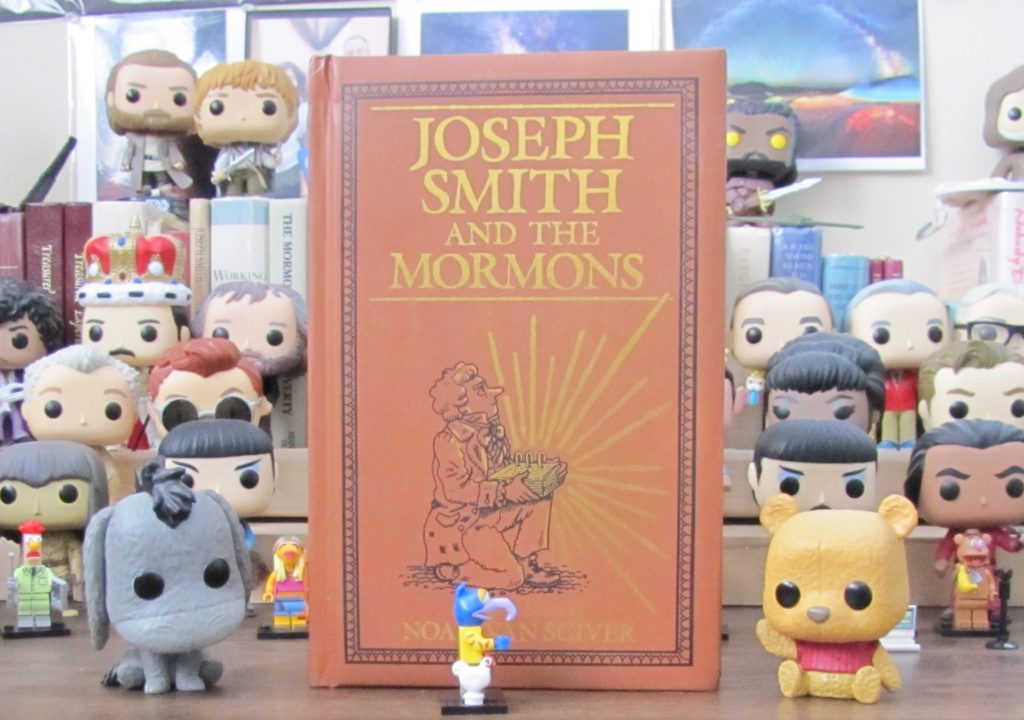 Joseph Smith and the Mormons, by Noah Van Sciver. Published Harry N. Abrams Publishing.
Joseph Smith and the Mormons, by Noah Van Sciver. Published Harry N. Abrams Publishing.
This beautifully produced, faux leather, 456-page graphic novel presents the life of Joseph Smith from birth to martyrdom in a very interesting and engaging fashion. Van Sciver adds no new information, no startling revelations to the history of Joseph Smith in his graphic novel, but his choice of medium and artistic interpretation presents the story of Joseph Smith in a fashion that reviewer Conor Hilton called a “must-read.” See Hilton’s full review here.
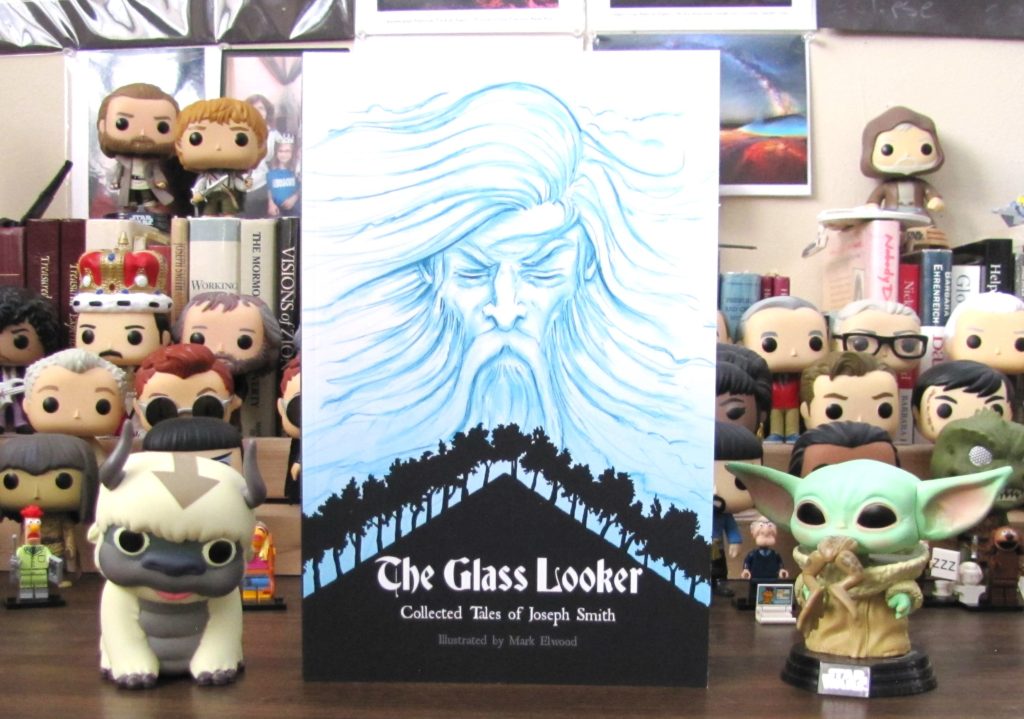 The Glass Looker: The Collected Tales of Joseph Smith, Volume 2, by Mark Elwood. Published by Mark Elwood.
The Glass Looker: The Collected Tales of Joseph Smith, Volume 2, by Mark Elwood. Published by Mark Elwood.
The Glass Looker: The Collected Tales of Joseph Smith, Volume 2, was the second graphic novel on the life of Joseph Smith to be released in 2022. Where Van Sciver presented the whole life of Smith in one 450-page chunk, Elwood is taking a much slower pace. Volume Two focuses on Joseph Smith’s experiences in 1822 and 1823. It includes several of Joseph Smith’s treasure-digging experiences, the visits of Moroni, and the initial attempts to retrieve the golden plates.
Elwood has done extensive research to create Volume 2. He combines accounts of the early life of Joseph Smith from a number of sources. Many of these sources are not well known. He weaves these stories together and connects dots to depict stories of Joseph Smith that most readers will not be familiar with. When he told of the visits of Moroni and the attempt to retrieve the plates, there were details that surprised me, and I thought that i had read it all. I learned about an attempt by Joseph Sr., Alvin, and Joseph Jr., to retrieve the plates after Young Joseph’s first failure to get them. During this attempt, Joseph related that Moroni/the Treasure Guardian appeared to him again and that he was physically thrown form the hill!
Elwood includes e full text of the passages that he uses to create The Glass Looker and he includes all of his sources. The artwork in these graphic novels is gorgeous, some of it is frameable. The amount of detail in the stories and the art is absolutely stunning. I highly recommend the Glass Looker series.
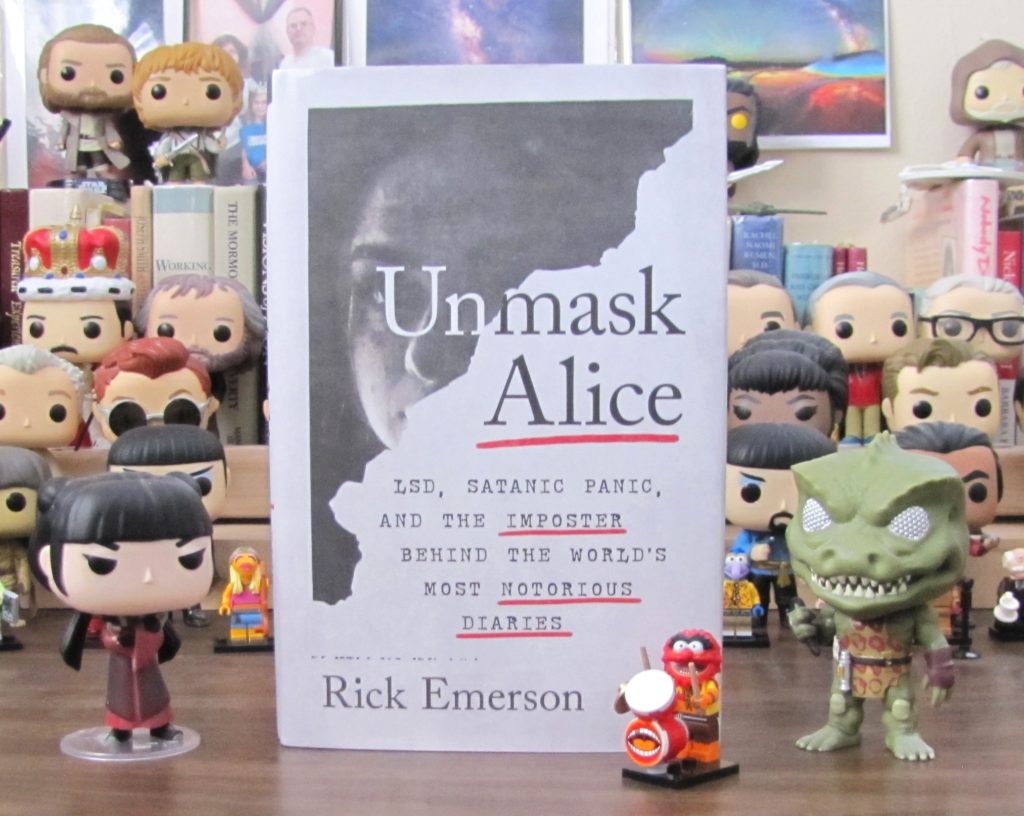 Unmask Alice: LSD, Satanic Panic, and the Imposter Behind the World’s Most Notorious Diaries by Rick Emerson. Published by BenBella Books.
Unmask Alice: LSD, Satanic Panic, and the Imposter Behind the World’s Most Notorious Diaries by Rick Emerson. Published by BenBella Books.
I attended Provo high school during the height of the Satanic Panic in the 1980s. The McMartin preschool trials started my freshman year and ran through much of my high school experience. I attended many firesides and lessons on the satanic influences over rock and roll, Dungeons and Dragons, and even Piers Anthony fantasy novels. Our school library had a long waiting list to check out copies of two of the books that played a major role in creating the Satanic panic: Go Ask Alice and Jay’s Journal. When you were able to check them out, you got a bound photocopy; they did not let you check out the actual copies since they had been stolen so many times.
As outlined by Emmerson, these “real” teen diaries were actually written, not edited by one Beatrice Sparks, a Mormon born in obscurity in Idaho and raised in Cache Valley, Utah. Emmerson’s engaging writing takes you on a wild ride from Sparks’ 1917 birth during a train ride through Custer County, Idaho, to the backlash against the hippies and civil rights in the 60s, to parents’ fears about drugs, sex, rock and roll, and even Dungeons and Dragons in the ’70s and ’80s, and how Beatrice Sparks used all of these to catapult to fame and fortune by creating a very popular series of “real diaries” of troubled teens that with the exception of a few pages, were complete fabrications. Emmerson also tells the stories of the real “Alice” and “Jay” and writes of the great damage caused to many lives by the fallout of the Satanic Panic. I was so enthralled by this book I read it twice in about a week to make sure that I caught it all. If I had to pick one book from 2022 that most fascinated, it was Unmask Alice.
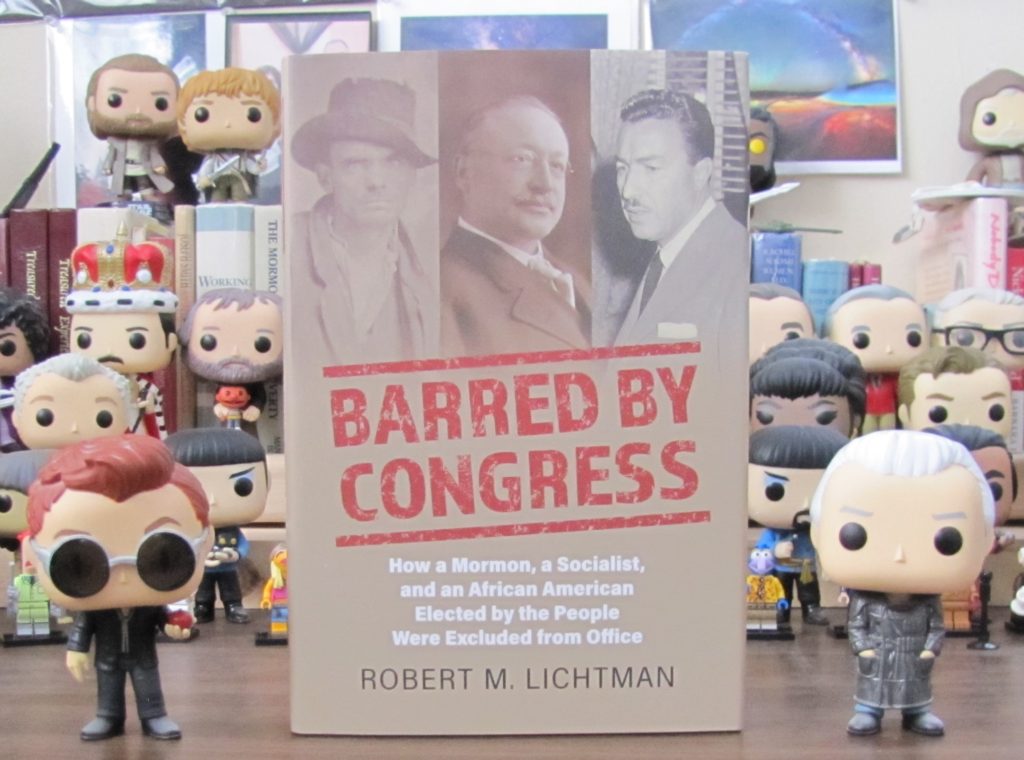 Barred by Congress: How a Mormon, a Socialist, and an African American Elected by the People Were Excluded from Office, by Robert Lichtman. Published by the University of Kansas Press.
Barred by Congress: How a Mormon, a Socialist, and an African American Elected by the People Were Excluded from Office, by Robert Lichtman. Published by the University of Kansas Press.
I read a lot of books with LONG titles in 2022! Like Unmask Alice, Barred by Congress is not specifically intended for a Mormon audience. It tells the story of three men, B.H. Roberts, Victor L. Berger, and Adam Clayton Powell, Jr., who were each excluded from the House of Representatives after being elected. Each man gets about a third of the book devoted to his story. A brief biography is provided along with the story of their election and why they were denied their seats. Latter-day Saints who are familiar with the story of BH Roberts will not find anything new in his story here, but the contextualization of his story with the stories and politics involved in denying Roberts, Berger, and Powell their seats is very interesting.
Reviewer Conor Hilton writes that:
“The details of all of these cases often had my blood boiling at the injustices these men faced…Barred by Congress is a dense, thoughtful description of these (men’s stories), inviting comparisons between them.”
Check out his full review here!
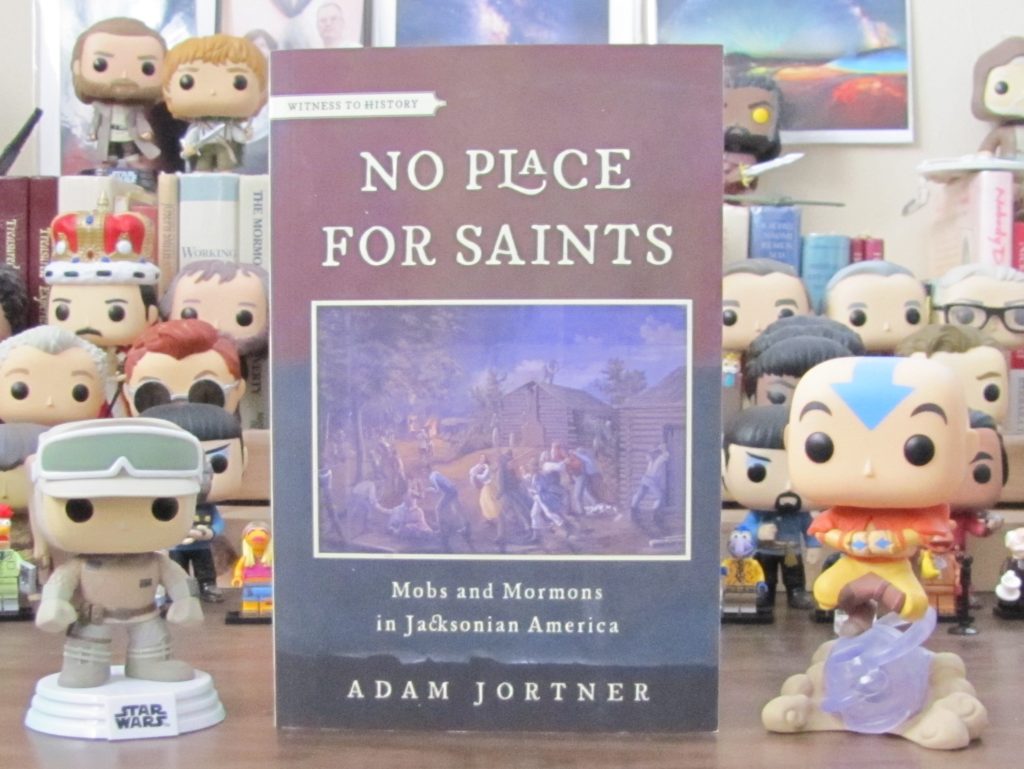 No Place for Saints: Mobs and Mormons in Jacksonian America, by Adam Jortner. Published by John Hopkins Press.
No Place for Saints: Mobs and Mormons in Jacksonian America, by Adam Jortner. Published by John Hopkins Press.
Many books have been written about Joseph Smith, his early followers, and the persecution that they faced. So, why read another one? Reviewer Kevin Folkman writes:
“In No Place for Saints, Adam Jortner has placed Smith’s new church squarely in the midst of the sectarian chaos of Antebellum America. This was the time of the Indian Removal ACT, forcing Native Americans to relocate west of the Mississippi River, the founding of the Anti-Mason movement, the burning of Catholic convents over rumors of sex abuse and witchcraft, and slavery, with all its violence and brutality. No other work I have read so skillfully traces all these and other elements into a coherent explanation of why people who considered themselves good American citizens were capable of scorn, hatred, and physical violence against other American citizens. And Jortner does it with a refreshing economy of writing and strength of narration that captivates a reader’s attention.”
No Place for Saints by Adam Jortner is an excellent little book that provides a fresh and interesting perspective on a familiar story. Check out Folkman’s full review here
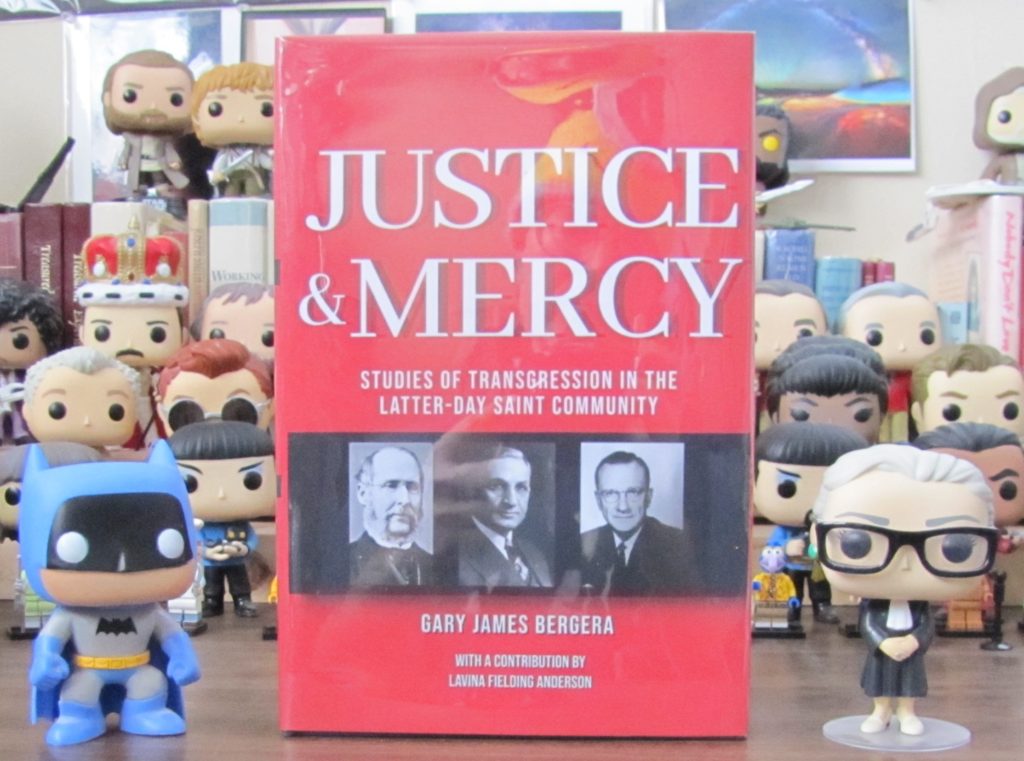 Justice & Mercy: Studies of Transgression in the Latter-day Saint Community, by Gary Bergera, ed. By Bryan Buchannan. Published by Lane-shine-house.
Justice & Mercy: Studies of Transgression in the Latter-day Saint Community, by Gary Bergera, ed. By Bryan Buchannan. Published by Lane-shine-house.
In 2011 and 2012, Gary Bergera published a series of three articles on “Transgression in the LDS Community: The Cases of Albert Carrington, Richard R. Lyman, and Joseph F. Smith” (the presiding patriarch, not the apostle/prophet) in the Journal of Mormon History. It was an amazing and important series that explored the impact of the sexual “transgressions” of three general authorities on the LDS community. Bergera and Bryan Buchannan have taken the original three articles and woven in some recent research. They then added an introduction, a chapter on Bishop Thomas Taylor, a conclusion, and five indexes on excommunication and church discipline that include work by Lavina Fielding Anderson. The new sections more than doubled the length of the book. Justice & Mercy provides a FASCINATING look into the history of the LDS disciplinary process and how it has been used to control those who would defy the sexual norms of Mormonism[1]. I devoured the original articles and loved this book even more. Bergera has provided Mormon studies with many excellent, groundbreaking books and Justice and Mercy is another book that will impact the Mormon studies community for years to come.
 Liverpool to Great Salt Lake: The 1851 Journal of Missionary George D. Watt, edited by LaJean Purcell Carruth and Ronald G. Watt. Published by the University of Nebraska Press
Liverpool to Great Salt Lake: The 1851 Journal of Missionary George D. Watt, edited by LaJean Purcell Carruth and Ronald G. Watt. Published by the University of Nebraska Press
George D. Watt is famous for being the first Mormon baptized in England and for using his skill as a pitman shorthand stenographer to record the sermons given by Brigham Young and other LDS leaders that were later published in the Journal of Discourses. In 2001, LaJean Purcell Carruth discovered the lost missionary diaries of Watt. She has transcribed these journals and had them published along with contextualizing historical essays in Liverpool to the Great Salt Lake. Read Sam Mitchell’s full review of this important book here.
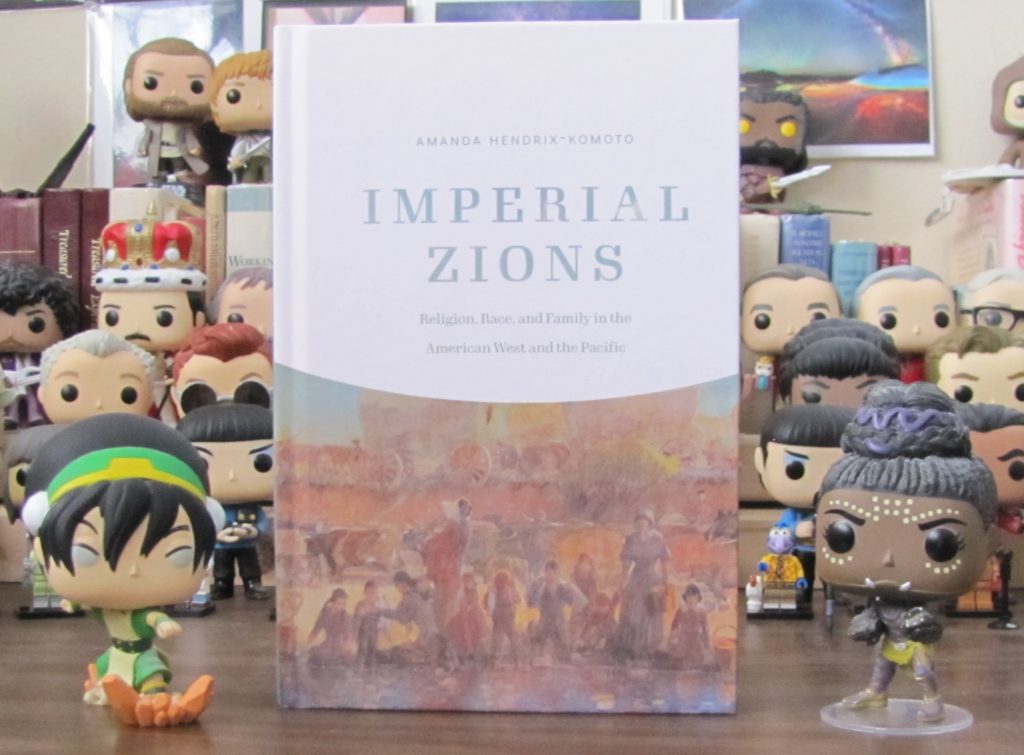 Imperial Zions: Religion, Race, and Family in the American West and the Pacific, by Amanda Hendrix-Komoto. Published by the University of Nebraska Press.
Imperial Zions: Religion, Race, and Family in the American West and the Pacific, by Amanda Hendrix-Komoto. Published by the University of Nebraska Press.
Terryl L. Givens wrote a book that called the Mormons a “People of Paradox.” This paradox is very on display in Amanda Hendrix-Komoto’s Imperial Zions: Religion, Race, and Family in the American West and the Pacific. When the Mormons arrived in the Salt lake Valley, they were outcasts from the United States, dispossessed refugees looking for a promised land. But they immediately became colonizers, driving out the Native Americans, the “Lamanite” people as they called them, from the lands they had lived on for thousands of years. In the six chapters of Imperial Zions Hendrix-Komoto describes in fascinating detail how the Mormons used a peculiar mix of missionary work, polygamy, family, and more in an attempt to “redeem” women, native Americans, and Native Hawaiians.
I have shelved Imperial Zions on my home office desk next to my books on the Mountain Meadow massacre, W. Paul Reeve’s Religion of a Different Color, Laurel Thatcher Ulrich’s A House Full of Females, and Darren Parry’s The Bear River Massacre: A Shoshone History. Imperial Zions is THAT important. It will have a lasting impact on interpreting and understanding the Mormon’s colonizing efforts and their impact on Native Americans and the West for years to come.
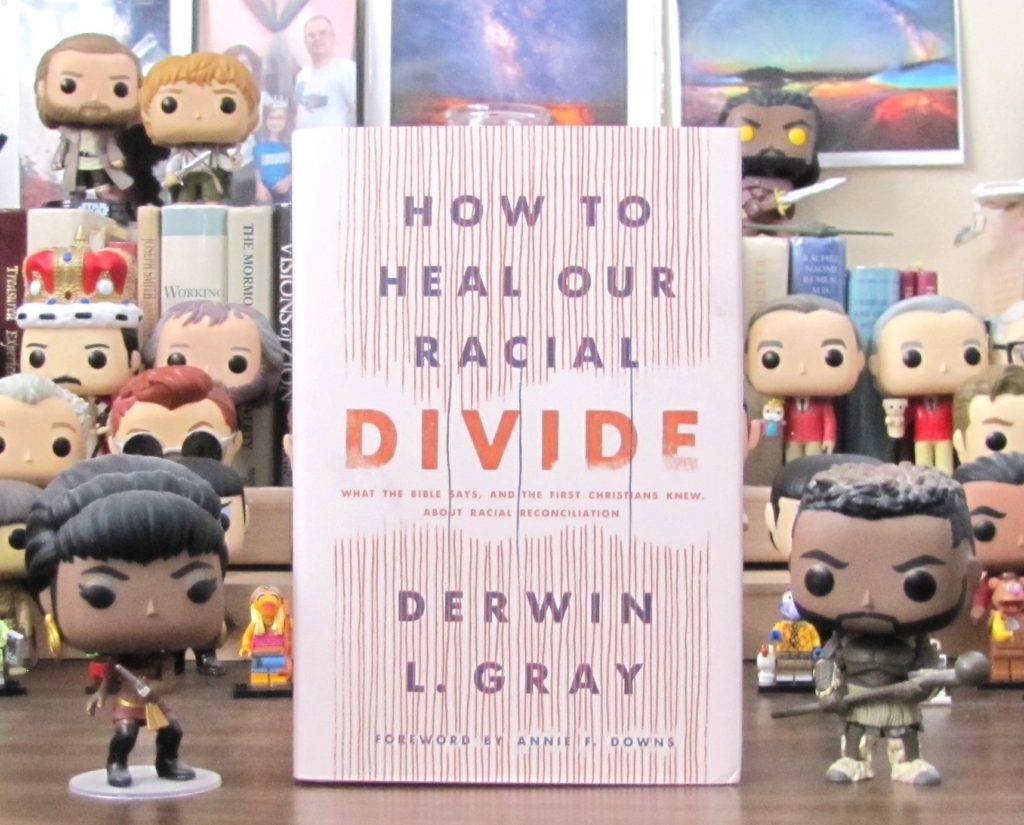 How To Heal Our Racial Divide: What the Bible Says, and the First Christians Knew, About Racial Reconciliation, by Derwin L Gray. Published by Tyndale Momentum.
How To Heal Our Racial Divide: What the Bible Says, and the First Christians Knew, About Racial Reconciliation, by Derwin L Gray. Published by Tyndale Momentum.
How To Heal Our Racial Divide is not a Mormon book. But there is a Mormon connection. Pastor Gray played football for BYU and was invited to come to BYU and share and speak about this important and powerful book.
Pastor Gray had a conversion experience while playing football in the NFL that led him to dedicate his life to serving Christ. Unfortunately, he and his wife Vicki had a hard time finding a church or ministry that embraced the principles of racial unity and harmony that they found in the New Testament. So they founded the Transformation Church, a church founded on Biblical beliefs and dedicated to the creation of a diverse “multiethnic and multigenerational” Christian community.
In How To Heal Our Racial Divide, Dr. Gray takes an extensive look at God’s promise to provide Abraham with a multi-ethnic family and at what the early Christians believed about racial unity and reconciliation. IT IS A VERY GOOD BOOK. I read it multiple times to try and absorb the full message. Dr. Gray powerfully demonstrates that in the New Testament Jesus was an Anti-Racist.
How to Heal is divided into two sections, “The Bible in Color” and “Color-Blessed Discipleship”. In the first section, Dr. Gray meticulously outlines the new Testament teachings on racial and ethnic unity. In part two, he explains how we can use these principles to unite our churches in racial and ethnic unity. I LOVED this book. I believe that its principles if followed could be a powerful tool in uniting Christian congregations in racial and ethnic harmony
[1]Thomas Taylor and Joseph F Smith were disciplined for homosexual relationships and Albert R Lyman for practicing polygamy.

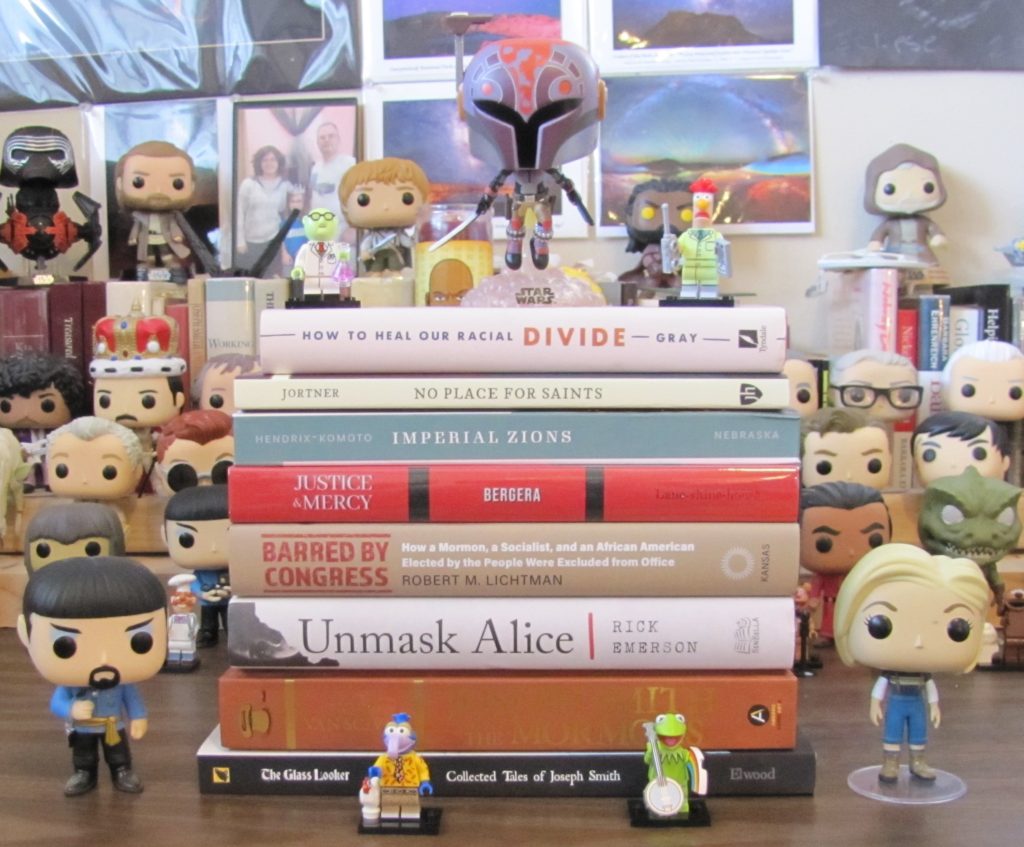
.
I’m glad you’re doing this—it’s a good reminder of books I meant to read then totally forgot about…..
Thanks for the recommendations, I am excited about reading several of those, especially No Place for Saints and Unmask Alice. I already read the Joseph Smith comics, and highly recommend them.
One question, what do you mean by “Independent Publishers”? Did you mean publishers not affiliated with big New York companies (Random House, etc), or did you mean not affiliated with the Church (Deseret Book and Covenant).
Andrew – I meant “Not affiliated with a big company”. Mark Elwood & Bryan Buchannan publish their books through their own companies.
.
Unmask Alice is now at the library waiting for me!